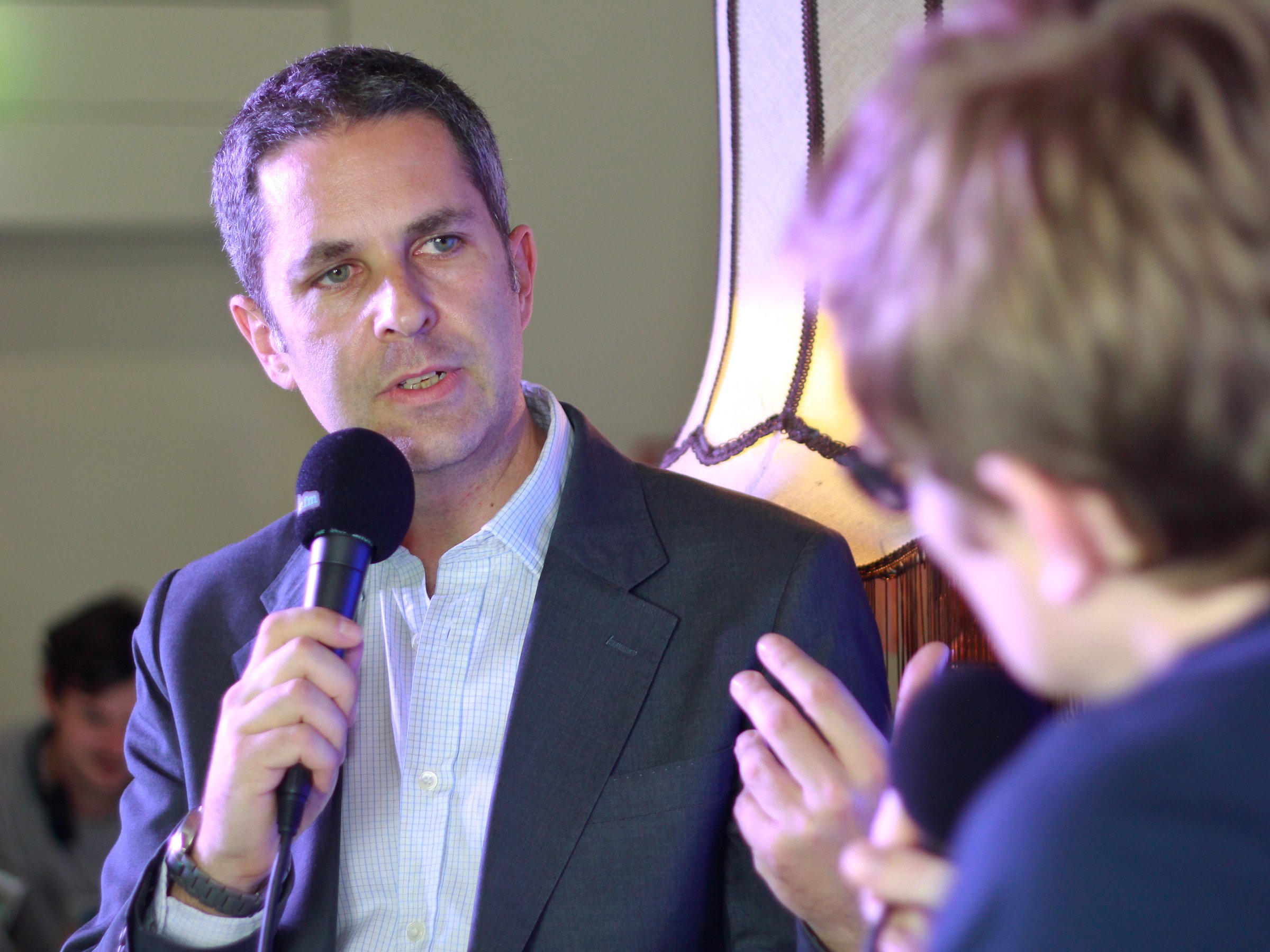
“I sit at my desk isolated from the world, but obsessing about the world, thinking about all the people out there and trying to capture something of it to say. Speaking via Zoom from his home in London, Rachman, a 48-year-old journalist turned novelist with a vast store of imagination and empathy, says it all comes back to storytelling-even as he often finds himself wondering if anyone out there is listening. Rachman breathes life into Dora Frenhofer, a lonely 73-year-old Dutch novelist, who then breathes life into her characters, who are themselves all writers-of poetry, of stand-up comedy routines, of fabricated news stories and restaurant reviews and sports articles. We’re excited to get started.Reading Tom Rachman’s new novel The Imposters (Little, Brown, June) is like witnessing a high-wire alchemy act. Thanks to Mitchell Engelmeyer, who nominated “The Imperfectionists” for Readers’ Choice Month, and to everyone who voted. It may also be the ideal time to think a bit about the professional characters we all create for ourselves, and how those compare to who we truly are, or want to be. July is a month where workers everywhere are fleeing their jobs, or at least dreaming of escape.

In the end, we are not made to care especially about the fate of the newspaper, or even about the outcomes met by each of the characters, but instead about the organism that Rachman has nurtured in this fiction-a fragile network of shared and opposing resentments, dreads, and hopes.

The narratives also allow for drastic changes in tone, from the uproarious story of a young would-be reporter in Cairo who gets his laptop, and love interest, stolen by an old-hand war reporter desperate to get into Iraq, to the woeful tale of a copy editor, the wonderfully named Ruby Zaga, who checks into a hotel every New Year’s Eve, pretending to be an American executive stranded in Europe, rather than admit that she’s alone.

Rachman constructs the novel as a series of narratives-each about an individual character whom we may have met in an earlier story, or who then appear in other contexts later on-which open with suggestive headlines: “Bush Slumps to New Low in Polls,” or “Kooks with Nukes.” This structure allows us to see the characters from several points of view-that great sleight-of-hand in realist fiction-shading each in different and richer ways.

Yet the book goes beyond satire-it’s too dark for that, too curious about the loneliness and sadism that lurk within the minds of our co-workers.


 0 kommentar(er)
0 kommentar(er)
